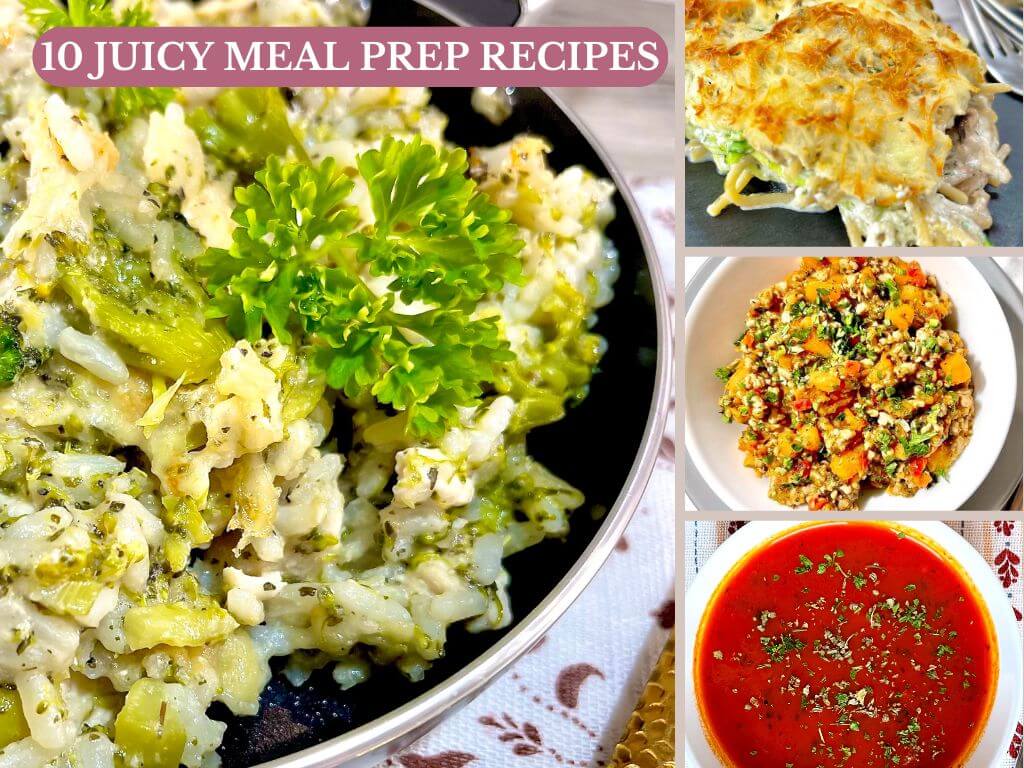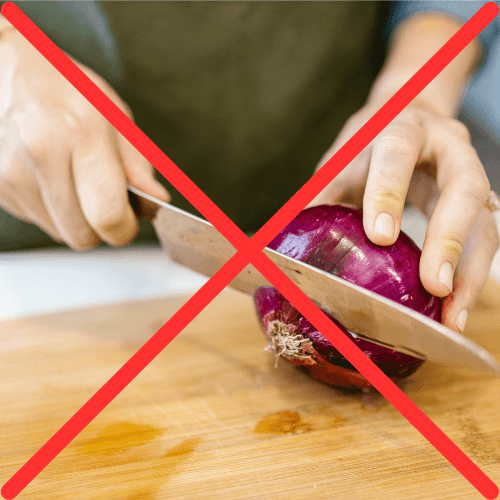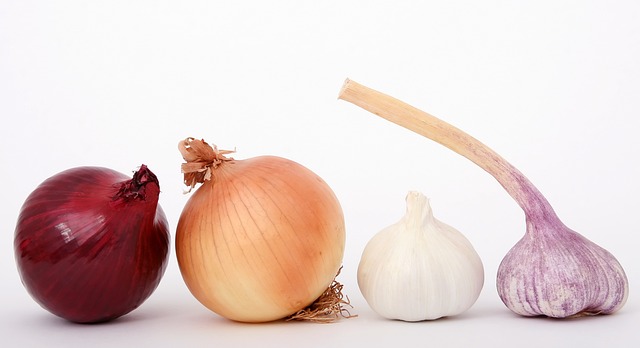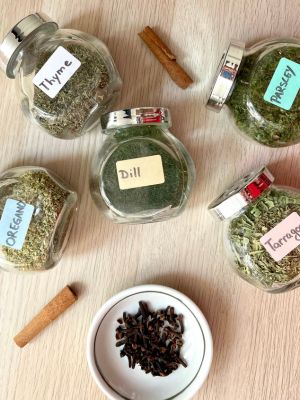
Hosting a dinner for someone with food allergies or intolerances can feel like a stressful and complicated task. You must be thinking: what to cook, will this meal be safe, how to make sure everything goes smoothly, and many more questions. All of this can turn hosting a dinner for a guest who has a food allergy into a stressful and exhausting event, but it doesn’t have to be.
After hosting many allergy-friendly dinners and helping others to plan one, I came up with an easy and simple system on how to plan an allergy-friendly dinner. In this article, I’m sharing with you my personal guide on how to host allergy-friendly dinners and not get overstressed and exhausted. First thing you have to do is to remember that you are doing it to hang around with the people you love, to catch up with them, and enjoy. Planning an allergy-friendly dinner is actually easier than you think, and here are six simple steps to make it happen.
1. Invite and Ask About Dietary Restrictions
Every dinner or gathering starts with the invite. Whenever I’m hosting a gathering, I will send a message to my family and friends and ask them if they are available to meet on this day. Besides that, I will ask them if they have any dietary restrictions like food allergies, food intolerance, or food they don’t like. Even though I know my family and friends, it can happen that they develop a dietary restriction, or switch to being vegetarian, or switch back to eating meat. You will not know if you don’t ask.
Earlier this year, I was organising a dinner for my friend. Even though I have known her for years, it was a good idea to ask her about her dietary restriction. A few days before I invited her to dinner, she was diagnosed with a gluten allergy. If I hadn’t asked, I probably would have served a meal with gluten that she wouldn’t have been able to enjoy. To conclude, a simple question about food allergies, intolerances, or other dietary restrictions saved our dinner.
Subscribe now and receive once a week my latest recipes without onion, garlic and other alliums
I'll never send you spam and you can unsubscribe anytime
2. Plan The Menu
This is probably one of my favorite parts of organizing gatherings, and the most creative. I would check what my guest said about their dietary restrictions, and I would think about what I should cook and whether I have to modify a recipe or not. I always do this step immediately after I get back all the RSVP, and I usually take up to 2 days to brainstorm about what to make.
Pro tip: keep your menu simple, and focus on one or two meals only. It will make things much easier and less stressful. Also, I don’t recommend using store-bought sauces, spice blends, or already done meals. Usually, they contain allergens, and it can turn a well-planned allergy-friendly meal into a meal with an allergen.
When planning the menu, write down all the components of the recipes (even salt, pepper, herbs, and cooking oil). This way, you will have everything under control.

3. Send The Menu With The Ingredients Of The Meal
Sending the menu to your guests is probably the most important step in hosting an allergy-friendly gathering. This way, you can check if the menu will suit their dietary needs, and they will feel safer about the gathering. It is really a win-win situation for everyone, where everyone can enjoy a gathering.
The moment I’m done with developing the menu, I will write it down, with all the ingredients I will use in the recipe, and send it to my guests to check it. If they say that it is good for them, I will prepare it. In case they say that I overlooked something, or accidentally include ingredients they can’t eat, I would talk with them about what they suggest. So far, I have always managed to create a menu that fits everyone’s dietary needs.
Here is the photo of the menu that I sent to my guest. It was recently, and the requirements were: gluten-free, not spicy, and allium-free. Whenever I’m hosting a dinner, I always write down the name of the meal and all the ingredients that I will use to make it. I find that with this step, you are giving your guests an option to review the menu and see if it is safe for their allergies. Also, it makes planning the dinner much easier (especially on the day when you have to cook the meals).

4. How to Respond When Guests Ask, “What Should I Bring?”
It happens often that guests will ask if they should bring something, and this can feel a little tricky. Whenever I get asked, I usually respond that I have everything covered. But if guests keep insisting, I share information about allergies (other guests and mine, along with any dietary restrictions). If they can bring something safe, that’s great, and I always ask them to let me know what it will be. Usually, this ends up being drinks or an allergy-friendly dessert.

Subscribe now and receive once a week my latest recipes without onion, garlic and other alliums
I'll never send you spam and you can unsubscribe anytime
5. Gather The Ingredients And Cook The Meals
After all the planning is done, it is time to gather the ingredients and cook. I almost always cook from scratch, and I always take photos of the food labels that I use. This way, my guests can feel better about their allergies and dietary restrictions. Also, if someone asks me what I put in the recipe, I can show them the labels of the food.
Before I start cooking, I review the recipe and prepare all the ingredients. I never rush when cooking, and this way I can easily eliminate making mistakes. Also, I take care of cross-contamination.
NOTE ABOUT CROSS-CONTAMINATION: Cross-contamination is when an allergen can accidentally end up in the food that should be free from that allergen. So far, I find that the best way to reduce cross-contamination to a minimum is to not cook anything with the allergens when I’m making the food for the gathering. I will wash twice the kitchen utensils in the dishwasher just to be sure, and all of my kitchen appliances and surfaces are clean and free from allergens.
Recently, I was hosting a dinner for my friend with a gluten allergy. There were only 2 meals on the menu, a main dish and a gluten-free cake. I prepared my Potato Casserole and gluten-free chocolate cake. I didn’t prepare anything that contains gluten, and this way I avoided the cross-contamination.

6. Time To Enjoy And Spend Time With Your Guests
You did it, all the hard work is done now, and all that is left to do is enjoy the gathering and company of the people you love and care about. Remember, the most important part of the gathering is to spend quality time with people you care about, not being locked in the kitchen still cooking while people are already in your home. By taking the steps I mentioned in my guide, you will be able to organise allergy-friendly gatherings without any problems.
Tips & Tricks
I hope that my little guide will help you with hosting a perfect allergy-friendly dinner. If you have questions, please let me know in a comment below 💚





